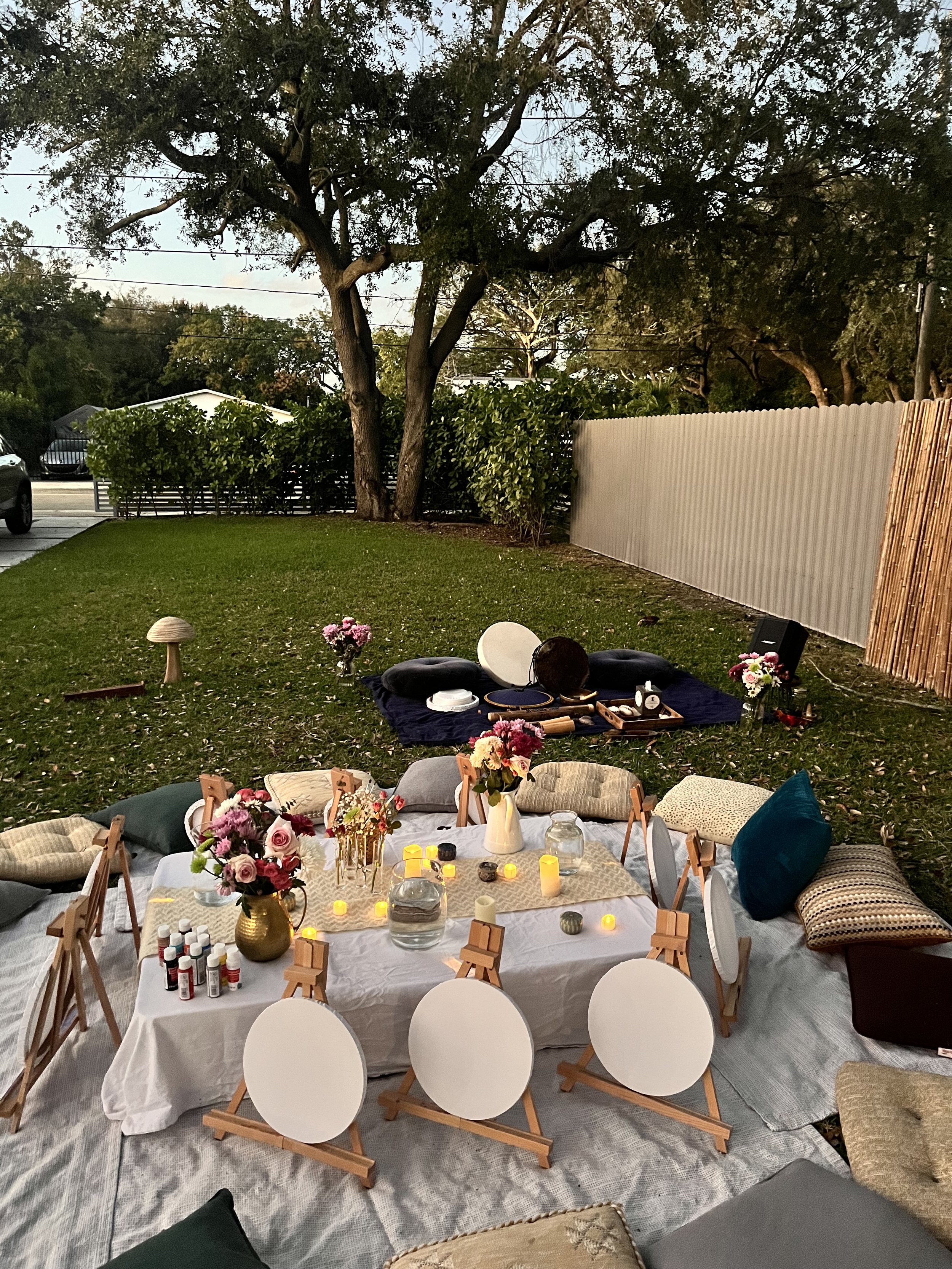The Art of Abstraction:
More Than Meets the Eye
At first glance, abstract art can look like a happy accident. A splash of color, a strange shape, a brushstroke that doesn’t seem to “belong.” And yet—something about it pulls you in.
That’s abstraction: it doesn’t explain itself. It evokes.
Unlike realistic art, which mirrors the visible world, abstract art speaks in symbols, sensations, and space. It’s about what you feel, not what you see. It’s the idea behind the form. The tension in the line. The chaos in the stillness. The emotion in the color.
It’s a whisper that says: “I won’t tell you what I am—you’ll have to meet me where you are.”
What Is Abstract Art?
The word “abstract” comes from the Latin abstractus, meaning “drawn away.” In art, it refers to a visual language that doesn’t aim to represent people, objects, or places exactly as they are. Instead, it translates thoughts, moods, and experiences into shapes, patterns, movement, and texture.
Abstract art can be geometric or fluid, minimalist or explosive. Sometimes it’s born from peace, and sometimes from catharsis. What matters is that it carries meaning—even if it’s not immediately obvious.
And here’s the trick: making it look effortless is hard.
As someone who loves working in abstract, I can tell you—it’s not about “throwing paint.” It’s a dialogue between emotion and composition, impulse and control. You can’t copy an abstract the way you copy a still life. You have to build it from within.
A Little Abstract History
Abstraction didn’t happen overnight. Artists had long been playing with distortion and stylization (hello, Cubism), but the true break from representation came in the early 20th century:
• Wassily Kandinsky is often credited with creating the first purely abstract paintings. He believed colors and forms could express spiritual realities.
• Piet Mondrian took it further—stripping everything down to grids, primaries, and equilibrium.
•
Then came the Americans.
Jackson Pollock, Mark Rothko, and Helen Frankenthaler turned abstraction into a movement—literally. They dripped, stained, poured, and expanded canvases beyond the easel, redefining what painting could be.
Each artist approached it differently. But they all had one thing in common: they were trying to get to the essence of things.
Why I Love It
What I love most about abstract art is how deceiving it is.
People think it’s easy. Just shapes and splashes, right?
But in reality, it takes a deep sensitivity—knowing when to stop, when to push, how to balance a composition without any visual references. You’re painting something that can’t be copied, because it doesn’t exist anywhere else.
It requires trust in your instincts. An openness to chaos. A willingness to not know where you’re going until you get there.
It’s improvisation in paint. Meditation in motion.
Final Thoughts
Abstract art isn’t about getting it “right.” It’s about being honest. It’s about translating the invisible into something others can feel.
If you’ve ever looked at an abstract piece and felt something you couldn’t name—that’s the magic working.
And if you’ve ever wanted to try it yourself? Trust me. The messier, the better. Just start. The meaning will find its way through.






